HIGH FREQUENCY THYRISTORS
| Type | VDRM/VRRM [V] | IT[AV] [A] | tq [us] | ITSM [kA] | dv/dt [V/us] | di/dt [A/us] | IDRM/IRRM [mA] | IGT [mA] | VGT [V] | IH [mA] | VTM/ITM [V/A] | Datasheet | |
|---|---|---|---|---|---|---|---|---|---|---|---|---|---|
| PDDN-Y38KAB | 600-1000 | 837 | 5-7 | 6 | 200 | 600 | 40 | 30-250 | 0.8-3.0 | 20-400 | 1.98/1200 | ||
| PDDN-Y30KAC | 800-1200 | 466 | 6-9 | 2.4 | 200 | 600 | 30 | 30-200 | 0.8-2.5 | 20-250 | 2.12/600 | ||
| PDDN-Y38KAC | 800-1200 | 741 | 6-9 | 4.8 | 200 | 600 | 40 | 30-250 | 0.8-3.0 | 20-400 | 2.28/1200 | ||
| PDDN-Y45KAC | 800-1200 | 949 | 6-10 | 9.6 | 200 | 600 | 60 | 30-250 | 0.8-3.0 | 20-400 | 2.49/2400 | ||
| PDDN-Y50KAC | 800-1200 | 1261 | 6-10 | 12 | 200 | 600 | 80 | 30-300 | 0.8-3.0 | 20-400 | 2.28/3000 | ||
| PDDN-Y55KAC | 800-1200 | 1501 | 8-15 | 14 | 200 | 600 | 100 | 30-300 | 0.8-3.0 | 20-400 | 1.96/3000 | ||
| PDDN-Y30KAD | 800-1400 | 420 | 8-12 | 2.4 | 200 | 600 | 30 | 30-200 | 0.8-2.5 | 20-250 | 2.46/600 | ||
| PDDN-Y45KAD | 800-1400 | 897 | 10-14 | 7.2 | 200 | 600 | 60 | 30-250 | 0.8-3.0 | 20-400 | 2.42/1800 | ||
| PDDN-Y50KAD | 800-1400 | 1108 | 10-14 | 9.6 | 200 | 600 | 80 | 30-250 | 0.8-3.0 | 20-400 | 2.51/2400 | ||
| PDDN-Y55KAD | 800-1400 | 1307 | 10-15 | 12 | 200 | 600 | 100 | 30-300 | 0.8-3.0 | 20-400 | 2.38/3000 |
| Features | Typical Applications |
|
|
Overview of High-Frequency Thyristors
High-frequency thyristors are semiconductor devices that handle high-frequency signals and rapid switching operations. These thyristors are optimized for operation at frequencies far exceeding those of conventional thyristors, making them suitable for high-speed electronic circuits and systems. Their fast switching capabilities enable efficient control of high-frequency power conversion, signal processing, and radio frequency (RF) applications. High-frequency thyristors offer enhanced performance, reduced power loss, and improved system efficiency, making them crucial components in modern electronics and telecommunications.
The Characteristics of High-Frequency Thyristors
1. High-frequency characteristics: High-frequency thyristors are designed to operate in high-frequency working environments, typically in the frequency range of 2.5KHZ to 20KHZ; this makes it very useful in applications that require fast switching, such as wireless communication, radar systems, and power control.
2. Fast switching characteristics: High-frequency thyristors have extremely fast switching speeds, which means they can switch from on-state to off-state quickly and vice versa. This fast switching ability makes high-frequency thyristors very valuable in systems that require fast response.
3. Dynamic characteristics: High-frequency thyristors can maintain stable performance during switching and are not prone to shaking or instability; this makes them perform well in systems that require high reliability.
4. Distributed Extended Amplification Gate Structure: The high-frequency thyristor adopts a special distributed extended amplification gate structure, which makes it have high di/dt tolerance. Di/dt refers to the derivative of current over time, which is the rate of change of current. High-frequency thyristors can withstand high di/dt, which means they can maintain stable performance even with rapid changes in current.
5. Thermal stability: High-frequency thyristors generate less heat during operation and have good heat dissipation performance, which enables them to work stably in high-temperature environments.
6. Low energy consumption: The fast switching of high-frequency thyristors during the switching process can reduce energy consumption and improve energy utilization efficiency in certain applications.
Application of High-Frequency Thyristors
1. Radar Systems: Radar systems require high-speed switching devices to transmit and receive radio waves efficiently. High-frequency thyristors, with their fast switching capabilities, are ideal. They are used in radar transmitters to generate short, high-power pulses needed for accurate ranging and imaging.
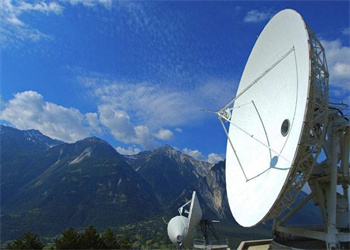
(Radar Systems)
2. Radio Communications: In radio frequency (RF) communications, high-frequency thyristors are modulators, demodulators, and amplifiers. They enable the rapid switching of RF signals, which is crucial for modulating information onto a carrier wave and demodulating it at the receiving end.
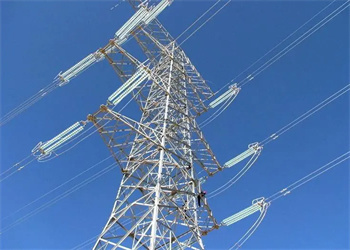
(Radio Communications)
3. Induction Heating and Melting: In industrial heating and melting processes, high-frequency thyristors generate high-frequency AC power. This power induces eddy currents in the workpiece, heating and melting. This application benefits from the thyristor's fast switching speed and high-power handling capabilities.
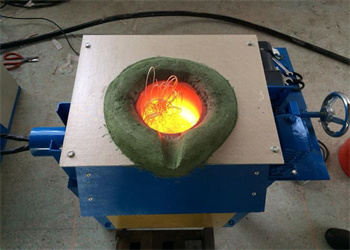
(Induction Heating and Melting)
4. Power Control and Conversion: High-frequency thyristors are used in power conversion systems to convert AC power to DC power or vice versa. They are often found in power supplies, inverters, and converters, where their high-speed switching abilities allow for efficient power conversion.
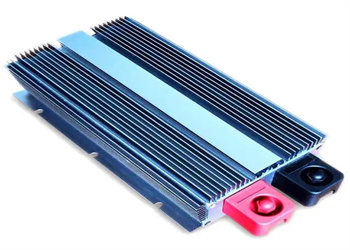
(Power Control and Conversion)
5. Test and Measurement Equipment: In test and measurement equipment, such as oscilloscopes and spectrum analyzers, high-frequency thyristors are used to trigger measurements or generate test signals. Their fast response time and accuracy make them suitable for precise measurements.
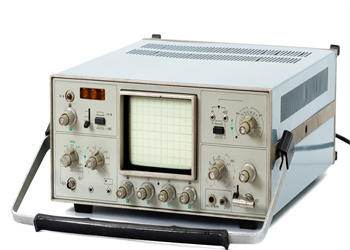
(Test and Measurement Equipment)
6. Motor Control: In motor control applications, high-frequency thyristors are used in variable speed drives (VSDs) and variable frequency drives (VFDs). These thyristors allow for precise motor speed and torque control by adjusting the frequency and voltage of the power supplied to the motor.
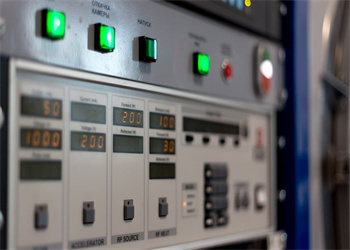
(Motor Control)
7. Pulse Power Applications: High-frequency thyristors are used in pulse power applications where short, high-power pulses are required. These pulses can be used for various purposes, such as driving pulsed lasers, generating electromagnetic pulses, or powering pulsed plasma systems.
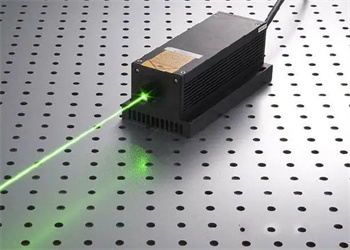
(Pulse Power Applications)
Company Profile
PDDN Photoelectron Technology Co., Ltd.(sales@pddn.com) is one of the leading enterprises in power electronics technology and power products, which is fully involved in developing solar inverters, transformers, voltage regulators, distribution cabinets, thyristors, modules, diodes, heaters, and other electronic devices or semiconductors. We will be committed to providing users with high-quality, efficient products and considerate service.
It accepts payment via Credit Card, T/T, West Union, and Paypal. PDDN will ship the goods to customers overseas through FedEx, DHL, by sea, or by air. If you want high-quality electronic devices or semiconductor products, please send us inquiries; we will be here to help you.
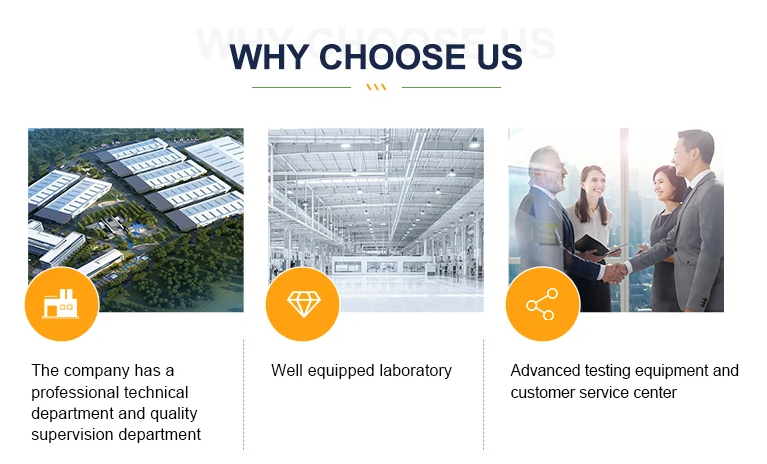
Payment Methods
L/C, T/T, Western Union, Paypal, Credit Card etc.
Shipment
By sea, by air, by express, as customers request.
Storage Conditions
1) Store in a dry environment at room temperature.
2) Avoid damp and high temperature.
3) Use immediately after opening the inner packing bag.
FAQ
Q1:
What are High-Frequency Thyristors?
Re: High-frequency thyristors, also known as high-frequency thyristors, are semiconductor switching devices specifically designed for processing high-frequency signals. They can achieve fast and effective current control at higher frequencies, making them suitable for high-frequency power supplies, communication systems, and other high-frequency applications.
Q2:
What are the main characteristics of High-Frequency Thyristors?
Re: The main characteristics of Re: High-Frequency Thyristors include fast switching speed, high voltage resistance, low losses, and stable performance at high frequencies. These characteristics make them ideal choices in high-frequency circuits, enabling efficient energy conversion and signal control.
Q3:
In which fields are High-Frequency Thyristors applied?
Re: High-frequency thyristors are widely used in multiple fields, including wireless communication, radar systems, high-frequency power supplies, induction heating, etc. In these fields, they are used to generate, control, or regulate high-frequency signals to meet the needs of specific applications.
Q4:
How to choose the appropriate High Frequency Thyristors?
Re: When selecting the appropriate High-Frequency Thyristors, it is necessary to consider parameters such as frequency range, withstand voltage, current capacity, and switching speed. In addition, it is necessary to choose suitable packaging forms and heat dissipation methods based on specific application scenarios and requirements to ensure their stability and reliability in high-frequency environments.
Q5:
How to ensure the normal operation of High Frequency Thyristors?
Re: To ensure the normal operation of High-Frequency Thyristors, they must first operate within the specified frequency and voltage range. In addition, appropriate heat dissipation measures are also crucial to prevent performance degradation or damage caused by overheating. Meanwhile, regular inspections and maintenance are essential to ensure its long-term stable operation.
Opening Time
- Sunday – Friday: 09:00am – 10:30pm
- Saturday: 10:00am – 02:00pm
Contact Info.
- Email: sales@pddn.com
- Mobile: +86 18837951818
Contact Address
- Tongrun photoelectron, 3rd Floor, Nanshan Science Park, Nanshan District, Shenzhen, Guangdong, China
